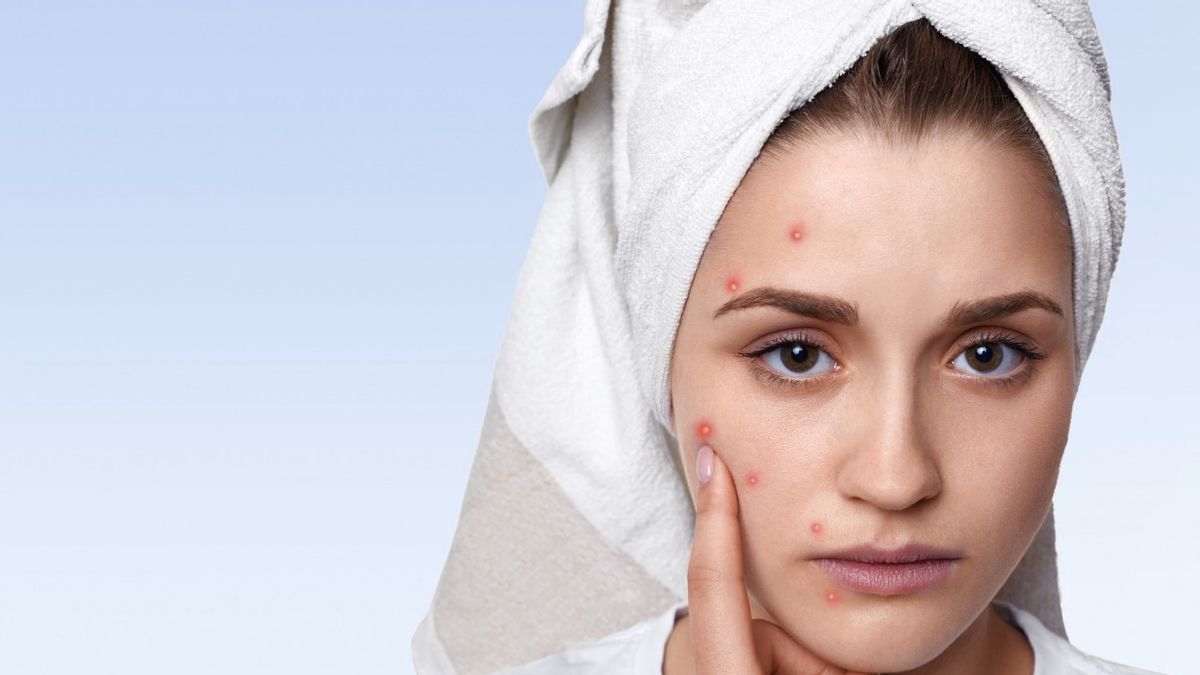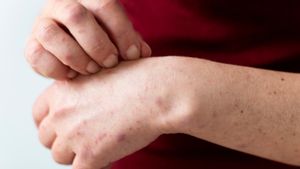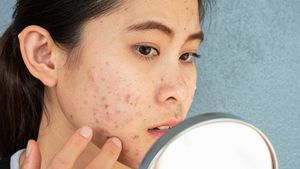YOGYAKARTA Almost everyone has had acne on their faces. Even though it's annoying and adorable, it's important to know what causes acne to appear periodically. Many factors can trigger acne to grow. Like due to hormonal changes and bacterial buildup in pores. So what's the difference between the two acnes? Here's a complete explanation of the dermatologist.
As the name suggests, hormone acne is triggered by hormone fluctuations that occur in certain periods of time throughout life. Such as during ovulation, menstruation, pregnancy, menopause, or when you experience certain medical conditions such as PCOS (Polycristic Ovary Syndrome).
Hormone acne may be recognized by its shape. Often appears as a dark and soft red cyst. Usually it appears at the bottom of the face, especially along the jaw, chin, neck, or cheek lines. According to Azadeh Shirazi, MD., a board-certified dermatologist reported by Byrdie, Monday, June 26, in addition to hormonal changes in women's monthly cycles, hormone acne is also caused by skin sensitivity to male dominant hormones, called androgen.
Hormones androgen stimulate the oil glands to produce oil excessively. It feeds the bacteria that cause acne so that it grows excessively and clogs the pores.
Bacterial acne is caused by a combination of excessive bacterial growth, swelling, and increased sebum production. Shirazi explained that bacterial acne is an inflammatory reaction that surrounds pores and hair follicles. The causes are combinations of bacteria and other factors.
fungal and bacterial organizations are normal skin residents. They form natural skin microbes, the same as microfloras in the gut of the digestive system. When the microbiome is unbalanced, it will trigger acne, "explained Shirazi.
To recognize the difference between hormone acne and bacterial acne, you need to identify when acne appears the worst. If acne recurs at certain points during menstruation cycles, then this marks an unbalanced hormone. Anna Chachon, a Miami-based certified dermatologist, explains that hormone acne can be exacerbated by bacterial exposure.
In recognizing the differences between hormone acne and bacterial acne, also recognize the texture, shape, and where it grows. Better yet, meet a dermatologist so that you get a thorough examination and study your medical history.
SEE ALSO:
Treating acne both due to hormones and bacteria is actually almost the same. But to treat hormone acne, further identification is needed. For example, the use of hormone contraception that directly may affect your hormone imbalance. Overall, treating acne requires consistent treatment. Plus, keep wearing a moisturizer and skincare that is labeled non-commedogenic and undergo a healthy lifestyle.
The English, Chinese, Japanese, Arabic, and French versions are automatically generated by the AI. So there may still be inaccuracies in translating, please always see Indonesian as our main language. (system supported by DigitalSiber.id)


















